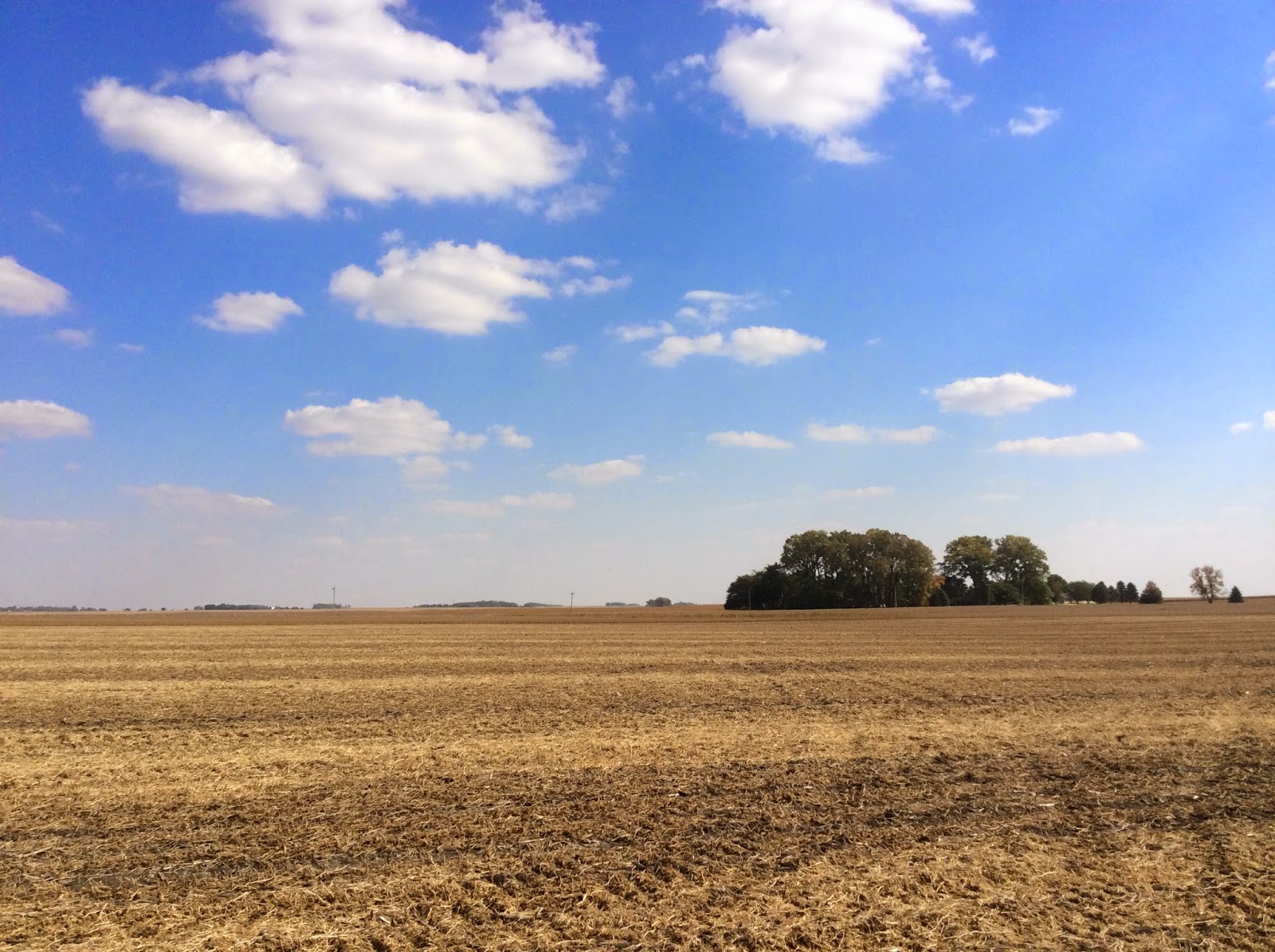One of the most interesting and attention grabbing interpretations on this year's Region V competition description sheet is the Iowa Corn Suitability Rating (CSR2). The CSR originally emerged as a response to state-level legislation in Iowa that "requires farmland assessments be based on earning capacity and productivity and that modern scientific soil surveys be used to determine equitable valuation" (ISU Extension, 2013). This legislation is of course a reflection of the central role that Iowa's agriculture plays in both state and national economics.
The resulting rating scheme (which is called the Corn suitability rating because of the dominance of the crop in Iowa in particular) has played a central role in land valuation across the state (ISU Extension, 2013). Of most interest to pedologists in this rating scheme, however, is the role that soil classification (to the Subgroup level) and expert judgment play (along with a number of other physical parameters) (Burras, 2013).
The CSR has been revisited, revised, and made more transparent based on improvements in technical knowledge of the distribution, properties and relationship of soils since the original rating was published (ISU EXtension, 2013). Students will be asked to compute a simplified version of the CSR2 based on Great Group, Family Particle Size, Field Conditions (Slope, Flooding, Ponding), Water Retention Difference and Soil Depth.
----------------------------------------------------------------------------------------------------------------------------------
References:
Anderson Mba, A., R. Owen, C.L. Burras, J. Sandor. 2014. Region 5 Collegiate Soil Judging Contest Guidebook v. 4. Iowa State University.
Burras, C.L. 2013. CSR2 equation with values for each term. Iowa State University.
ISU Extension. 2013. Corn Suitability Rating (CSR) Background and Update. Iowa State University.












